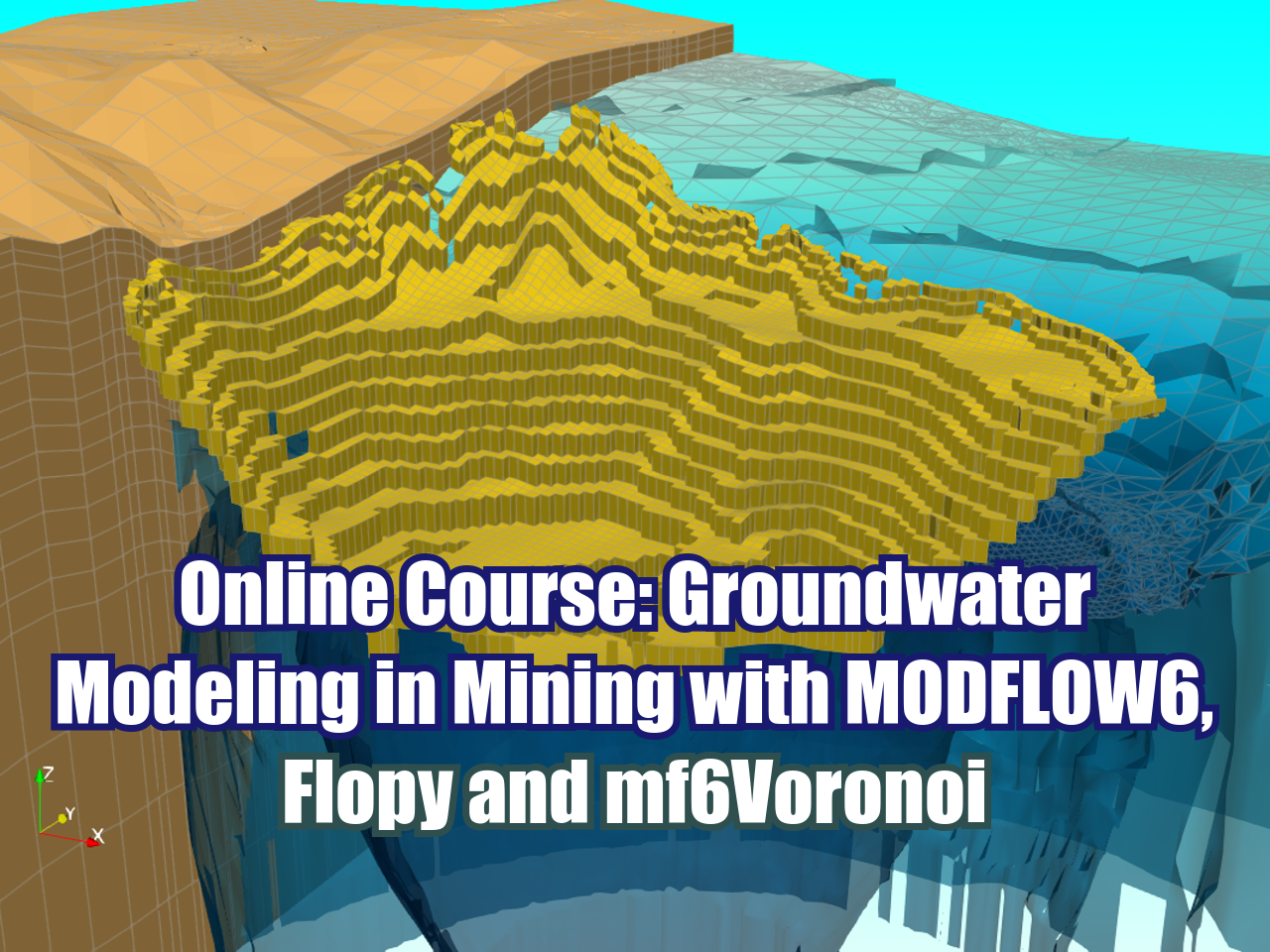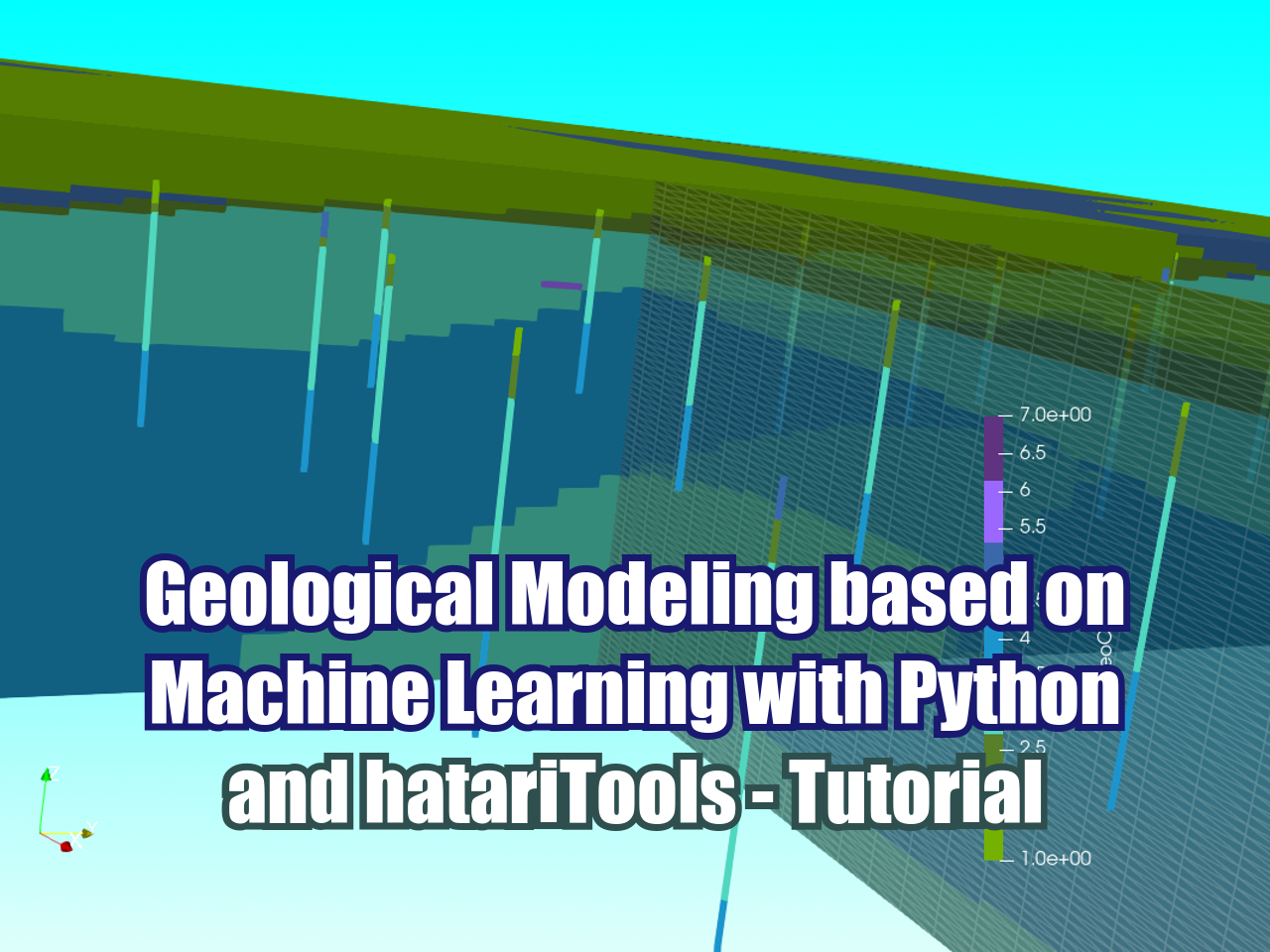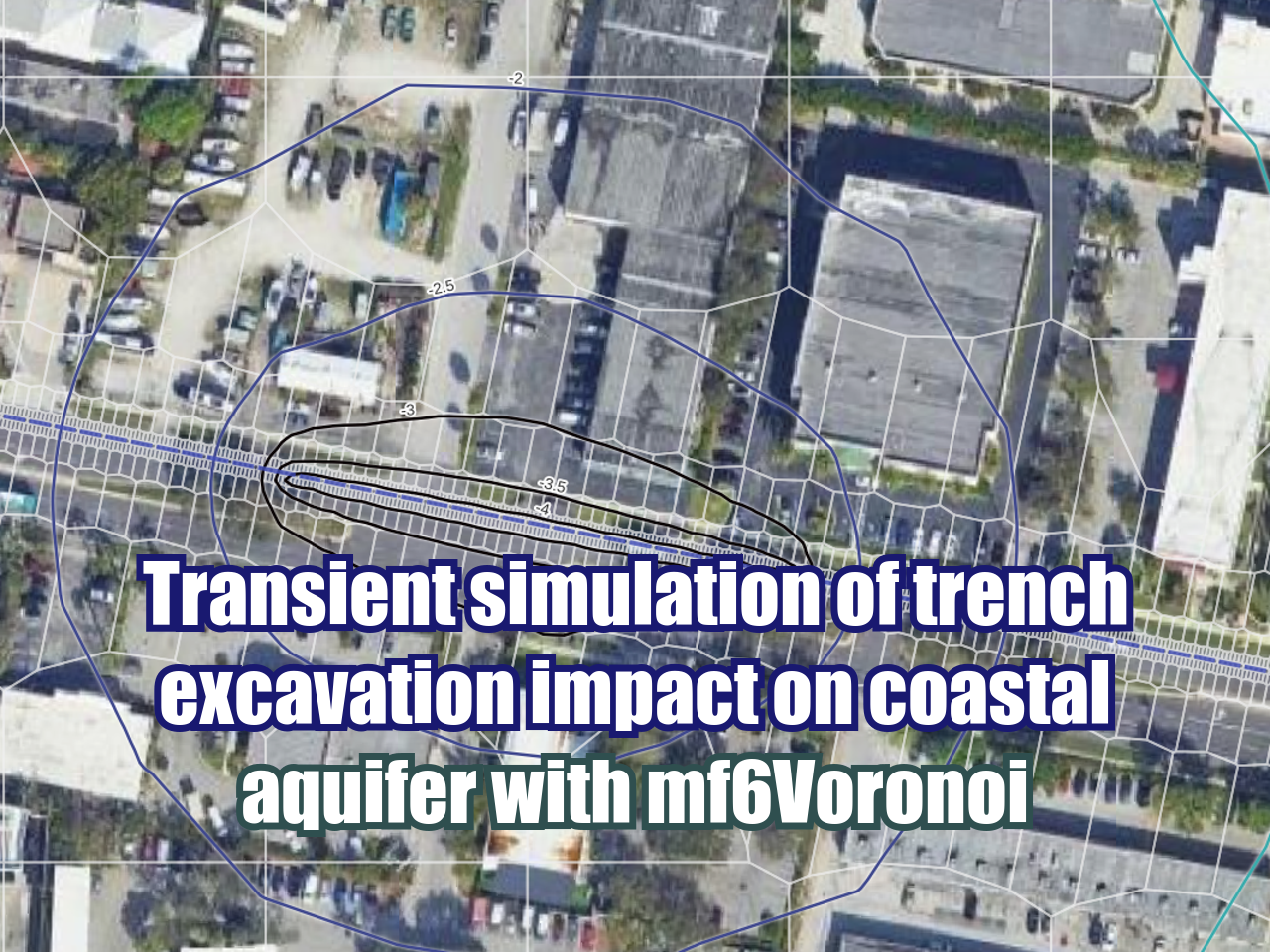Online Course: Geomachine Learning for Crop Identification with Python
/The development of machine learning and geospatial libraries in Python as Scikit Image, Rasterio and Fiona gave us a new range of tools to analyze vegetation from traditional sources as satellite imagery and new sources as drone orthophotos. The appliance of Python programming for crop identification depends on many factors such as the image resolution, the vegetation stage and even the algorithm setup.
We have developed a course crop identification / delineation with geospatial and machine learning tools of Python, the course is aimed to GIS or related professionals that have basic Python knowledge. The course covers the introductory concepts of the geospatial libraries and a series of machine learning applications for crop indentification in olive trees, palms, agave and corn fields.
Note:
This course is for professionals with previous knowledge of Python. Basic concepts of Python programming will not be covered in the lessons and course material. In case you don’t have any knowledge of Python, we recommend you to take this online course.
Objectives
At the end of this course the student will be capable of:
Manage vector and raster spatial data with Python
Plot spatial data with Matplotlib and perform filtering
Apply different tools of Scikit Learn for geospatial objects
Work with a Python class for crop recognition
Have a overview of Python coding to develop custom solutions
Content
The course is divided into 6 sessions. These are topics considered for each session:
Session 1: Vector spatial data exploration with Fiona and Python
Installation of Python, Fiona, Rasterio under a Conda environment.
Open a shapefile / vector data with Fiona
Get spatial object features
Explore spatial objects metadata and geometry
Spatial data representation with matplotlib
Analysis of the supported spatial vector data types
Creation of point, line and polygon shapefiles
Spatial data filtering by attributes
Session 2: Raster data management with Rasterio and Python
Read monoband and panchromatic Tiff images.
Explore raster dataset info and attributes.
Analyze spatial information.
Read raster band data.
Raster plotting options with Rasterio and Matplotlib.
Clip rasters with shapefile in Python.
Raster algebra example: NDVI vegetation index calculation.
Session 3: Tree Counting Classification with Scikit Image and Python
Explore single crop and multiple crop templates.
Perform match template for a single and multiple crop.
Analyze the match template array.
Define filter criteria and count crops.
Representation of identified crops over raster image.
Session 4: Geospatial crop counting of palm trees
Open raster and vector files with Python
Coupled representation of spatial data with Matplotlib and Rasterio
Template extraction for spatial point data
Auxiliary template generation for different angles
Match template for a group of templates
Representation of the interpreted points
Cluster analysis with Birch algorithm
Representation of clustered points
Export points as csv
Session 5: Crop line detection for corn crops
Import raster ad read raster bands
Perform Canny filter for edge detection
Identification of lines with Hough line transform
Convert results to geospatial data
Save resulting line to shapefile
Representation of interpreted crop rows
Session 6: Spatial Python class for crop recognition
Overview of the Python class coding
Define crop orthophoto and point plant location
Define parameter for the match template and raster band
Perform single match templates
Match template for all points
Cluster analysis and save results as shapefile
Trainer
Saul Montoya M.Sc.
Saul Montoya M.Sc. is a Hydrogeologist and Numerical Modeler. Mr. Montoya is a Civil Engineer graduated from the Catholic University in Lima with postgraduate studies in Management and Engineering of Water Resources (WAREM Program) from Stuttgart University – Germany with mention in Groundwater Engineering and Hydroinformatics. Mr Montoya has a strong analytical capacity for the interpretation, conceptualization and modeling of the surface and underground water cycle and their interaction.
He is in charge of numerical modeling for contaminant transport and remediation systems of contaminated sites. Inside his hydrological and hydrogeological investigations Mr. Montoya has developed a holistic comprehension of the water cycle, understanding and quantifying the main hydrological dynamic process of precipitation, runoff, evaporation and recharge to the groundwater system.
Over the last 9 years Saul has developed 2 websites for knowledge sharing in water resources: www.gidahatari.com (Spanish) and www.hatarilabs.com (English) that have become relevant due to its applied tutorials on groundwater modeling, spatial analysis and computational fluid mechanics..
Methodology
Here are some details of each methodology:
Manuals and files for the exercises will be delivered.
The course will be developed by videos on private web platform.
There is online support for questions regarding the exercises developed in the course.
Digital certificate available at the end of the course.
Video of the classes will be available for 2 months.
To receive the digital certificate you must submit the exams after 1 month.
Cost and payment
The cost of the course is $ 220 dollars.
This online course will be given on out elearning platform: elearning.hatarilabs.com . You will need to create an account to payment by Paypal and automatically you will register for the course.
For any other information please write to: saulmontoya@hatarilabs.com























